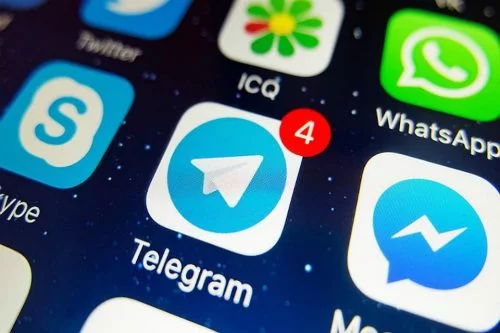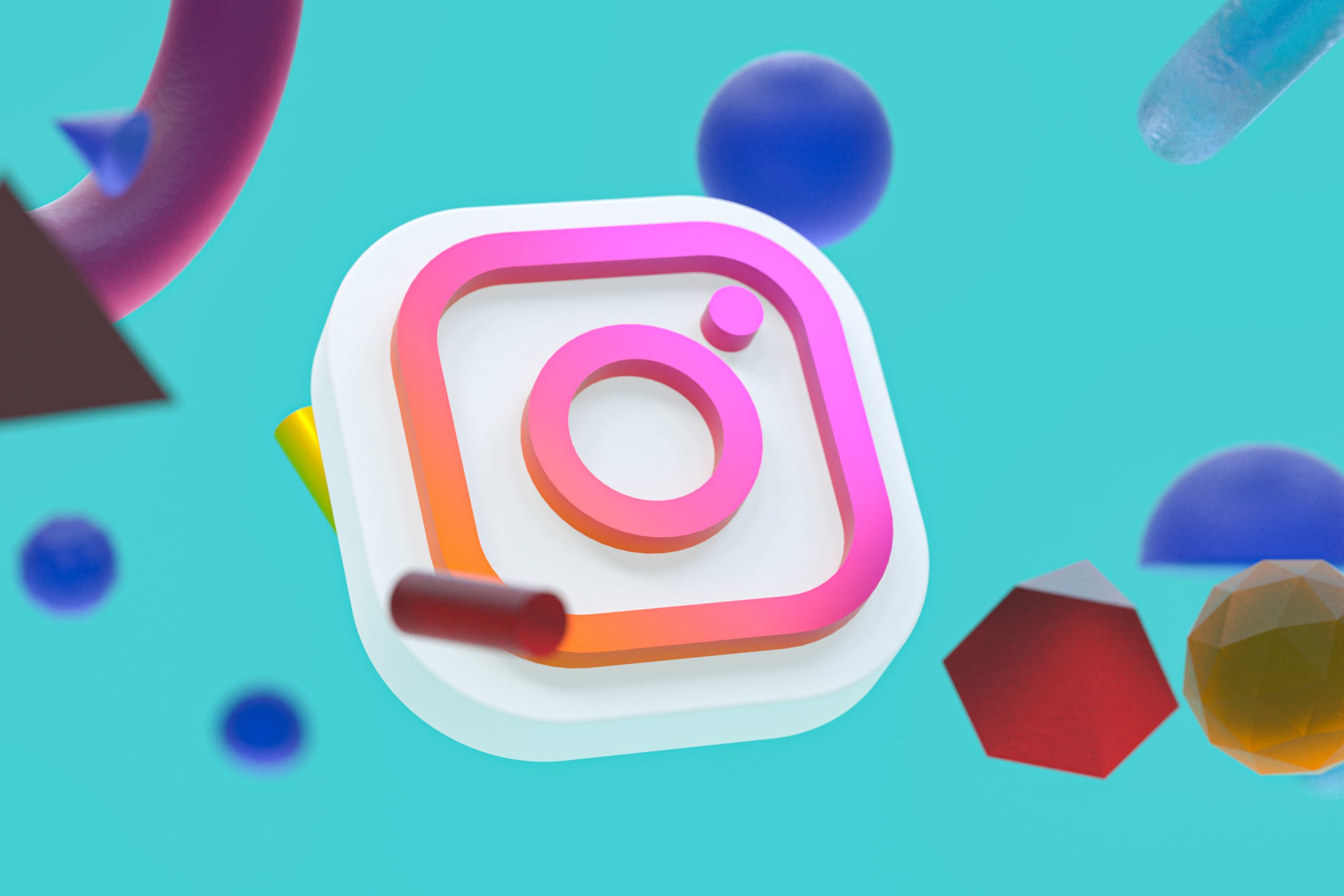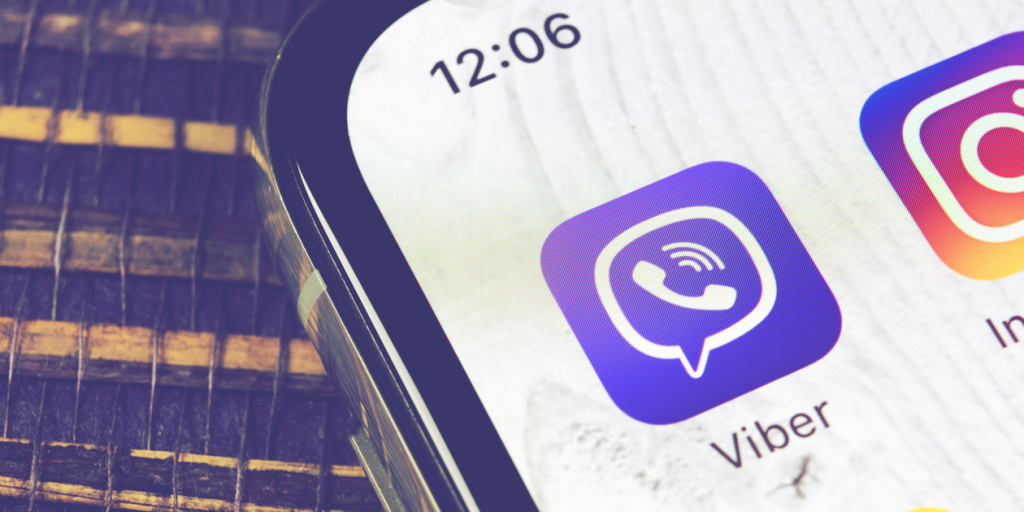Today, in the age of digitalization, more and more companies are focusing on consumer behavior. And the market, in turn, is becoming more and more concentrated. The market is now divided into small niches. And the consumer has become much more rational and informed. Sometimes, your customers know more about the product than you do!
The magic button
The thing is that the 21st century consumer has a special power. One that his earlier predecessors never dreamed of - the magic "share" button.
The megaphone effect can occur when a customer shares a product or an opinion about it on social media, and the post goes viral. It's the same thing, only bigger and more digitized.
Digital consumer behavior is more important than people think. Only a person can create a butterfly effect that can have both a positive and negative impact on the market. We have seen quite a few examples of this - H&M with its new collection and touched consumer feelings is one of the most striking.

There is no one methodology that will 100% guarantee a brand's exposure with a social megaphone. However, one thing is quite clear: it has to be something radically new and provocative. And if we leave brands aside, the coronavirus can be considered as the latest megaphone case study.
As we noted at the outset, the market is quite segmented. This means that the chances of success and triggering the megaphone effect in a particular narrow niche are higher than in the global market. And the reason for this is simple: most businesses are passive and conservative. It is easy to stand out in a certain segment.
Imagine what could happen if a talented tiktoker with a multi-million audience was promoting politicians who were seeking power in their region. Probably, every campaign video would spread across the network at the speed of sound.








